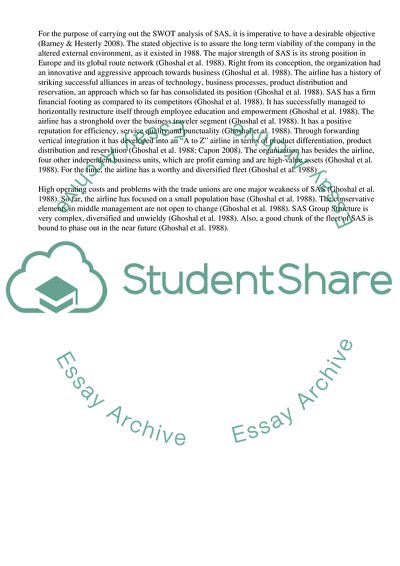Cite this document
(Strategic Management at Scandinavian Airline Systems in 1988 Case Study - 1, n.d.)
Strategic Management at Scandinavian Airline Systems in 1988 Case Study - 1. Retrieved from https://studentshare.org/management/1747795-case-analysis-scandinavian-airline-systems-in-1988-on-vertical-integration
Strategic Management at Scandinavian Airline Systems in 1988 Case Study - 1. Retrieved from https://studentshare.org/management/1747795-case-analysis-scandinavian-airline-systems-in-1988-on-vertical-integration
(Strategic Management at Scandinavian Airline Systems in 1988 Case Study - 1)
Strategic Management at Scandinavian Airline Systems in 1988 Case Study - 1. https://studentshare.org/management/1747795-case-analysis-scandinavian-airline-systems-in-1988-on-vertical-integration.
Strategic Management at Scandinavian Airline Systems in 1988 Case Study - 1. https://studentshare.org/management/1747795-case-analysis-scandinavian-airline-systems-in-1988-on-vertical-integration.
“Strategic Management at Scandinavian Airline Systems in 1988 Case Study - 1”. https://studentshare.org/management/1747795-case-analysis-scandinavian-airline-systems-in-1988-on-vertical-integration.


